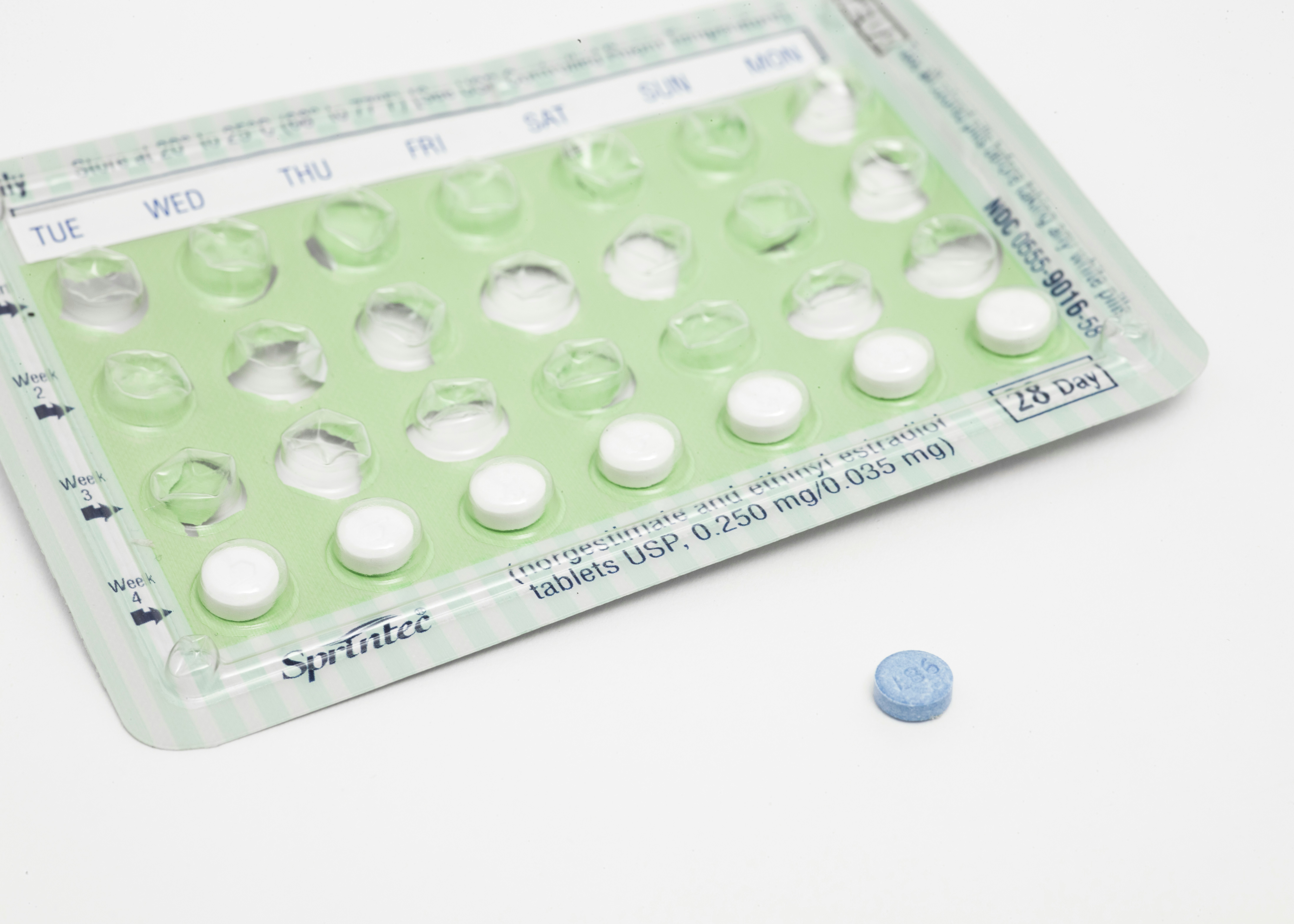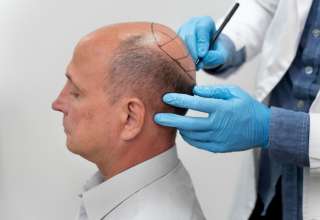Endometriosis is a painful—and often debilitating—disorder in which tissue similar to the tissue that normally lines the uterus (the endometrium) grows outside of the uterus. Endometriosis most commonly involves the ovaries, fallopian tubes, and the tissue lining the pelvis.
One of the main symptoms of endometriosis, chronic pain, tends to be especially strong during ovulation and menstruation. The symptoms of endo can include severe cramping, chronic pelvic pain, and painful intercourse, making it difficult for women living with endo to function in everyday life.
Although there’s no cure for endometriosis, treatments can help. The effectiveness of different treatment options varies from person to person. For many women living with endo, the management of chronic pelvic pain requires a comprehensive treatment approach including pain relief medication, hormone therapy, and alternative therapy.
Pain Relief Medication
The most common pain management medications for endometriosis are nonsteroidal anti-inflammatory drugs (NSAIDs), which block the development of prostaglandins, a type of biological compound produced in the body that causes pain, swelling, and inflammation. Common over-the-counter NSAIDs include ibuprofen, aspirin, and naproxen. In addition to over-the-counter options, prescription NSAIDs are also available.
Anti-convulsant medications, such as gabapentin (Neurontin), pregabalin (Lyrica), and topiramate (Topamax), are effective treatment options endometriosis-associated pain. In a 2018 study by the National Institutes of Health, researchers analyzed the genes that are deregulated in endometriosis in the uterus of mutant mice with an endometrial phenotype. Gabapentin was shown to act on certain proteins that are deregulated in endo, highlighting its effectiveness as a treatment option for pain management in women living with endo.
As a prescription medication generally used to treat epilepsy, seizures, and neuropathic pain, gabapentin is classified as a controlled substance in some states. For women living with endo, the dose of gabapentin is typically much smaller than that prescribed to prevent epileptic seizures. To find out more about gabapentin cost and managing endometriosis-associated pain, talk to your healthcare provider, and visit USARx for prescription savings at local pharmacies.
Hormone Therapy

Hormone therapy treats endometriosis pain by controlling hormonal spikes during the menstrual cycle. The hormones released by your body around ovulation and your period typically cause endo symptoms to worsen, which can lead to pelvic scarring or the thickening of existing scarring. Hormone therapy aims to prevent new or additional scarring by keeping hormones level throughout the menstrual cycle.
Common types of hormone therapy for women with endo include hormonal birth control, gonadotropin-releasing hormone agonists and antagonists, and progestin therapy.
For some women, hormone therapy may reduce or stop menstruation completely. If you’re trying to become pregnant, talk to your doctor about alternative treatment options for endometriosis pain.
Alternative Therapies

For many women, finding the best treatment option for endometriosis pain requires experimenting with alternative treatment options. Before starting a new therapy, make sure to talk to your healthcare provider.
Physical therapy
Physical therapy is another effective treatment for endo. Physical therapy is especially useful in training muscles that line the bottom of the pelvis, which can help women learn to better control pelvic muscles to relax them and reduce pelvic pain.
Acupuncture
Some women living with endo experience significantly reduced pain with acupuncture. Acupuncture typically requires regular appointments with an acupuncturist for long-lasting pain management.
Stress relief
Living with endo can be stressful. According to Meredith East-Powell, author at DO YOU ENDO, practicing stress management techniques such as meditation, yoga, and exercise can help improve symptoms.
Psychotherapy
Many women with endo also benefit from behavioral therapy to help them manage the stress, frustration, and pain of living with a debilitating condition.
Endometriosis can be a painful and debilitating condition. Trying different pain management treatments and finding the best option for you is key to effectively managing your symptoms. Don’t be afraid to ask your healthcare provider about your options, as well as with any alternative treatments they recommend.












